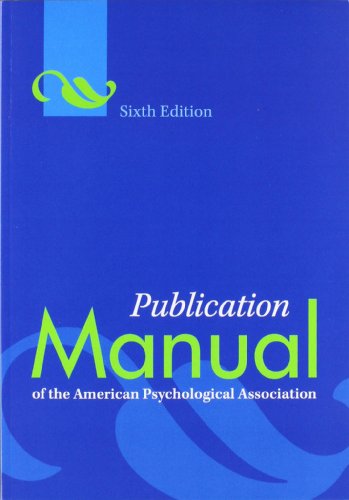About The Book
Principles of Cereal Science and Technology, Third Edition is completely updated and provides food science professionals and students the most thorough...
Read more
grain science information available. Much has changed in cereal science and technology since the second edition was published in 1994 therefore a total edit, update, and development of current views was performed as well as additions on important uncovered topics to create this new third edition. Each chapter was critically reviewed, updated, and reorganized to include current up-to-date material.Principles of Cereal Science and Technology, Third Edition discusses the structure and components of the cereal grains in depth. In addition, the storage and processing of the various cereals into intermediate products (flour, semolina, starch, gluten) or finished products (bread, cookies, pasta, beer, breakfast cereals, and feeds) are described in detail.Enzyme technology and enzyme applications in cereal processing and cereal based food systems have advanced throughout the years. This new edition includes up-to-date information on specific starch and non-starch polysaccharide and lipid degrading enzymes, plus their day to day use to improve processing and/or final quality. Other changes in this third edition include: the view on starch rheological behavior, the introduction of the concept of enzyme resistant starch, current views on bread firming, and the relationship of pasta product quality both to raw material characteristics as well as to processing conditions. The book also includes a profound revision of the sections on gluten proteins and how their functionality in breadmaking is impacted by ascorbic acid, as well as new information on industrial gluten starch separation, and the effects of gluten proteins on cookie and cake quality. This book is essential for those new to the cereals area and is an excellent sourcebook for experienced professionals. Students will get a firm and broad background in cereal science. Professionals utilizing grain-based ingredients in food products or those with responsibility for sourcing, testing, or maintaining quality grains will find this new edition extremely informative and useful. Those with technical background but no training in cereals as well as those with a limited technical training can quickly come up to speed by reading this book.
Hide more




